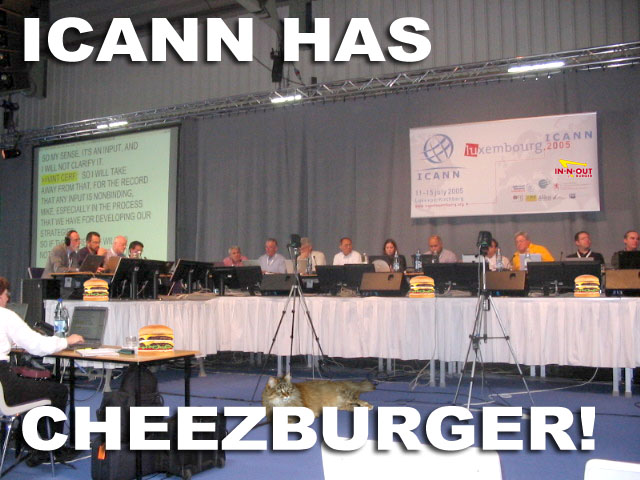Is robot delivery on the roadmap for self-driving cars?
Submitted by brad on Mon, 2007-06-25 14:41Last week I talked briefly about self-driving delivery vehicles. I've become interested in what I'll call the "roadmap" (pun intended) for the adoption of self-driving cars. Just how do we get there from here, taking the technology as a given? I've seen and thought of many proposals, and been ignoring the one that should stare us in the face -- delivery. I say that because this is the application the DARPA grand challenge is actually aimed at. They want to move cargo without risks to soldiers. We mostly think of that as a path to the tech that will move people, but it may be the pathway.
Robot delivery vehicles have one giant advantage. They don't have to be designed for passenger safety, and you don't have to worry about that when trying to convince people to let them on the road. They also don't care nearly as much about how fast they get there. Instead what we care about is whether they might hit people, cars or things, or get in the way of cars. If they hit things or hurt their cargo, that's usually just an insurance matter. In fact, in most cases even if they hit cars, or cars hit them, that will just be an insurance matter.
A non-military cargo robot can be light and simple. It doesn't need crumple zones or airbags. It might look more like a small electric trike, on bicycle wheels. (Indeed, the Blue Team has put a focus on making it work on 2 wheels, which could be even better.) It would be electric (able to drive itself to charging stations as needed) and mechanically, very cheap.
The first step will be to convince people they can't hit pedestrians. To do that, the creators will need to make an urban test track and fill it with swarms of the robots, and demonstrate that they can walk out into the swarm with no danger. Indeed, like a school of fish, it should be close to impossible to touch one even if you try. Likewise, skeptics should be able to get onto bicycles, motorcycles, cars and hummers and drive right through the schools of robots, unable to hit one if they try. After doing that for half an hour and getting tired, doubters will be ready to accept them on the roads.





